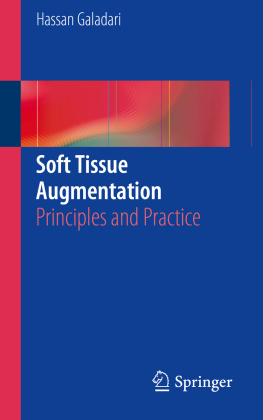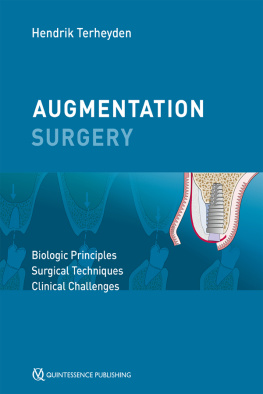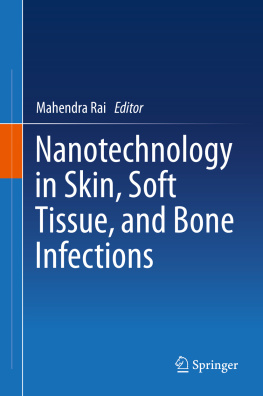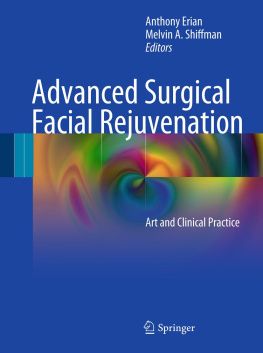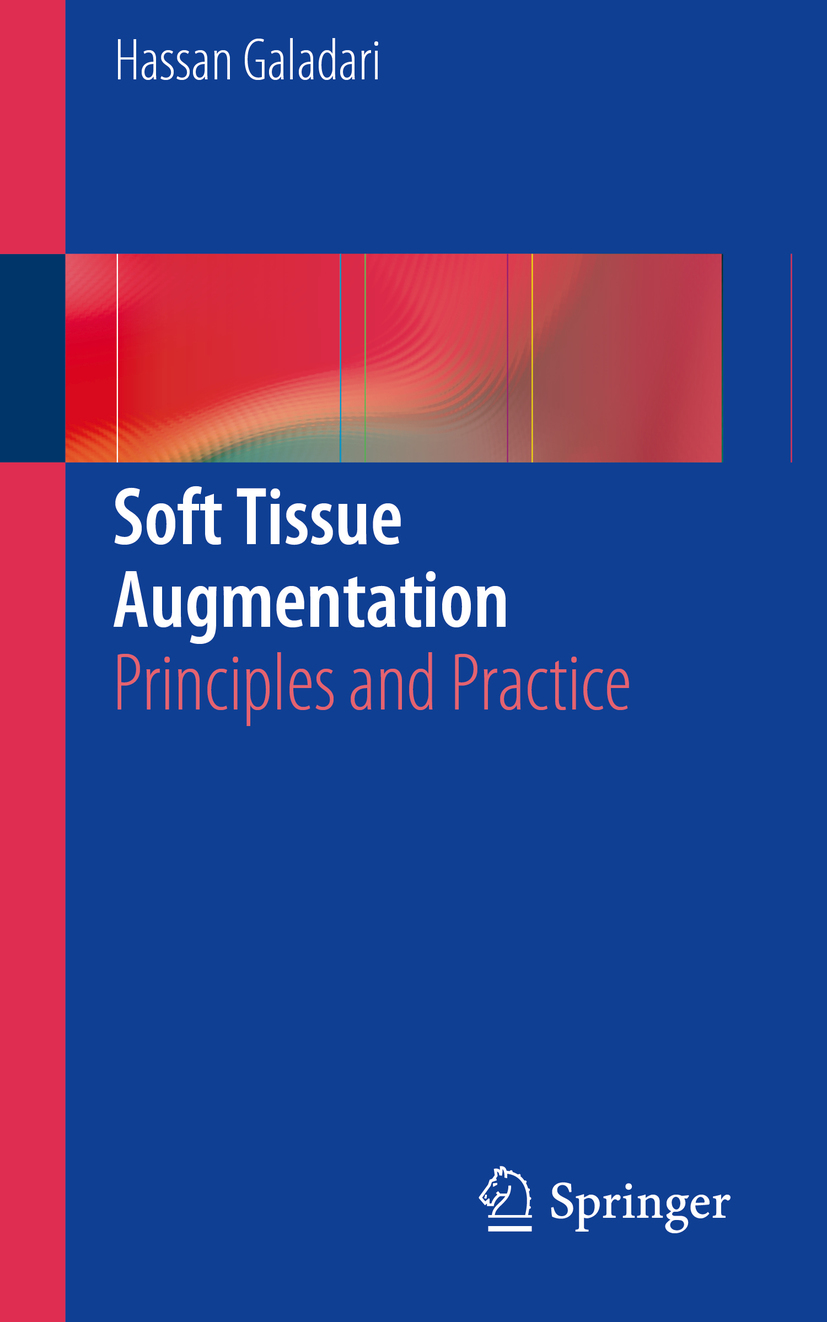Hassan Galadari
Department of Medicine, College of Medicine and Health Sciences, Al Ain, United Arab Emirates
ISBN 978-3-662-55842-3 e-ISBN 978-3-662-55844-7
https://doi.org/10.1007/978-3-662-55844-7
Library of Congress Control Number: 2017960849
Springer-Verlag GmbH Germany 2018
This work is subject to copyright. All rights are reserved by the Publisher, whether the whole or part of the material is concerned, specifically the rights of translation, reprinting, reuse of illustrations, recitation, broadcasting, reproduction on microfilms or in any other physical way, and transmission or information storage and retrieval, electronic adaptation, computer software, or by similar or dissimilar methodology now known or hereafter developed.
The use of general descriptive names, registered names, trademarks, service marks, etc. in this publication does not imply, even in the absence of a specific statement, that such names are exempt from the relevant protective laws and regulations and therefore free for general use.
The publisher, the authors and the editors are safe to assume that the advice and information in this book are believed to be true and accurate at the date of publication. Neither the publisher nor the authors or the editors give a warranty, express or implied, with respect to the material contained herein or for any errors or omissions that may have been made. The publisher remains neutral with regard to jurisdictional claims in published maps and institutional affiliations.
This Springer imprint is published by Springer Nature
The registered company is Springer-Verlag GmbH Germany
The registered company address is: Heidelberger Platz 3, 14197 Berlin, Germany
Foreword
The appreciation of volume restoration in the aging human face is something that has come to medicine over the last half century. It has been a marriage of technology and commercial application that began with the treatment of scars and a two-dimensional view of the skins lines and creases and evolved into a three-dimensional concept of the face as an evolving number of changing facial volumes. What began with the use of bovine collagen and silicone to treat acne scars and a few wrinkles has blossomed into a market where hundreds of products have been introduced to treat all kinds of facial aging related to the gradual loss of soft tissue volume over time. But the introduction of all of these injectable materials into the aesthetic marketplace has come with some barriers to mastery.
The reality is that the mechanics of governmental approval, in the United States at least, required that the manufacturers generate products with rather narrow and specific definitions of indication and appropriate use. A given product arrives on the market with usually one defined purpose. However the so-called off-label corollary leads to initial tentative use of the product in other sites and indications. We are then, as physicians, left with anecdotal reports of success and failure to guide our future choices. Clinical experience then becomes the sine qua non that expands the professional breadth of practice. Interestingly, the widespread clinical use of a product off-label eventually becomes acknowledged by the formal governmental approval process, e.g., botulinum toxin, while the clinicians continue to drive the utility of the product forward into new indications.
The clinical masters then frequently pause to sum up and reflect upon their hard earned expertise and provide us all with the benefit of their experiences, both good and bad, in order to help us find our way through the maze of clinical therapeutic options. Soft Tissue Augmentation: Principles and Practice by Dr. Hassan Galadari is such a book. He has been very active in the field of injectable fillers for over a decade since his time with us in San Francisco and has had the advantage of being at the frontier of new products to use in his practice in Dubai, UAE. He has been a prodigious teacher and shared generously both his time and knowledge with his colleagues and has neatly organized this experience for us here. I recommend it for you enjoyment as well as professional enhancement. May it continue to carry all of us forward.
Richard G. Glogau

